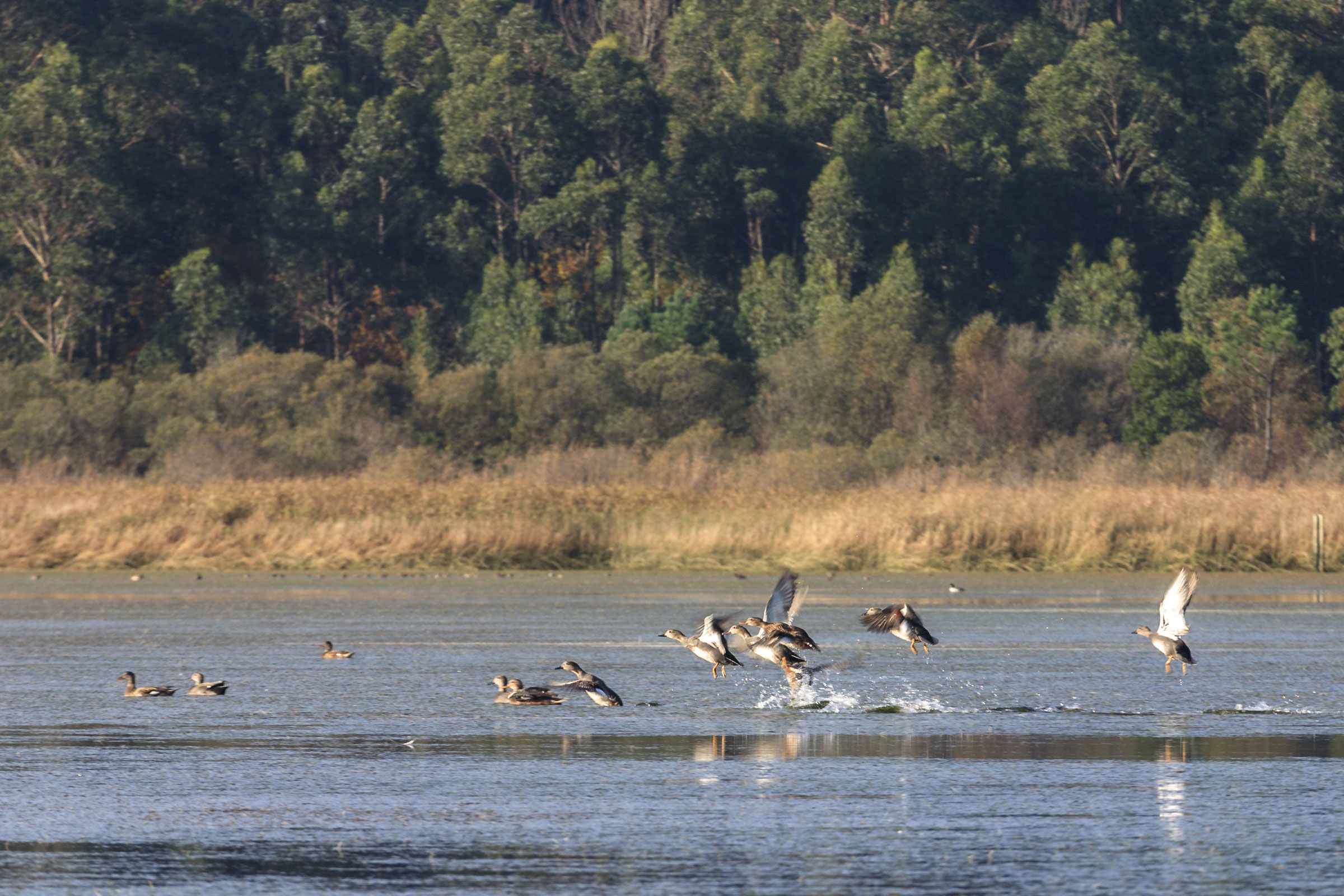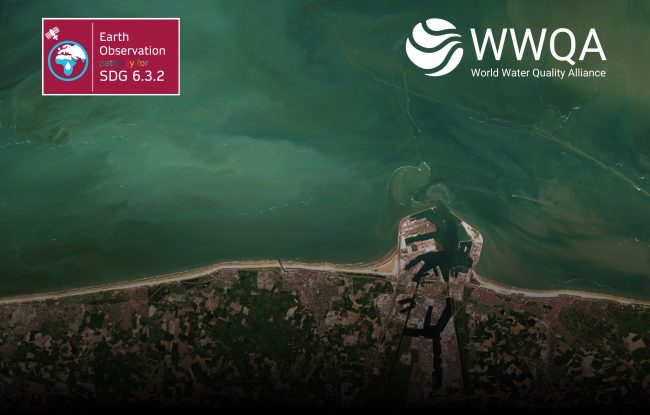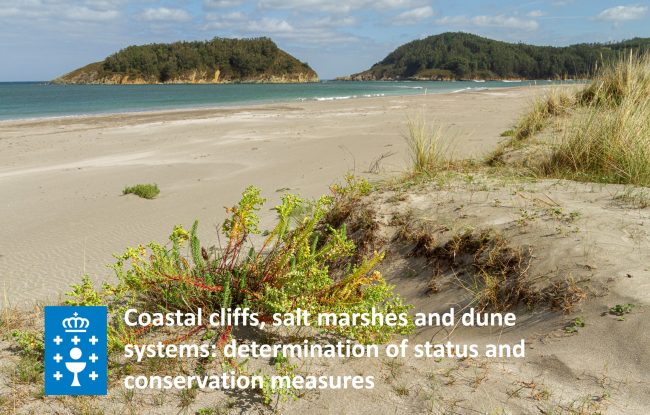DETALLES DEL PROYECTO
FECHA: 2003-2006
CATEGORÍA:
In the Galician wetlands inventory, a total of 14 coastal lagoons corresponding to lagoon-barrier systems of natural origin are recorded, most of them located in the province of A Coruña. These 14 are considered as Priority Habitats in the Habitats Directive (1150* Coastal Lagoons) and are defined as \\\"open spaces of shallow brackish coastal waters, of variable salinity and water volume, which may be totally or partially separated from the sea by sand banks, gravel or, less frequently, rocky outcrops\\\". With respect to the Water Framework Directive (WFD) (2000/60/EC), in its implementation, these coastal lagoons are included in the \\\"transitional waters\\\" typology.
In this work, the collection and analysis of time series of hydrochemical data was carried out in 11 coastal lagoons belonging to habitat 1150* Coastal Lagoons, taken during and after the oil spill from the Prestige oil tanker. The combination of these data with those from spatial analysis methodologies (morphometrics and land cover) made it possible to find patterns of hydrochemical variation as a function of the degree of connection of the lagoons with the adjacent ocean and to identify the most sensitive structures of these systems. The dynamics of nutrients and the influence of the effects on the closure structures were determined, and the land uses with the greatest influence on the degree of eutrophy were identified, as well as the scale and seasonality with which this incidence is most evident. As a result, an assessment was obtained with respect to the quality indicators for the evaluation of the Ecological Status in transitional waters according to the Water Framework Directive (2000/60/EC), specifically hydromorphological and hydrochemical parameters; and how these are affected by the alteration of the closing structures of the coastal lagoons.
In this work, the collection and analysis of time series of hydrochemical data was carried out in 11 coastal lagoons belonging to habitat 1150* Coastal Lagoons, taken during and after the oil spill from the Prestige oil tanker. The combination of these data with those from spatial analysis methodologies (morphometrics and land cover) made it possible to find patterns of hydrochemical variation as a function of the degree of connection of the lagoons with the adjacent ocean and to identify the most sensitive structures of these systems. The dynamics of nutrients and the influence of the effects on the closure structures were determined, and the land uses with the greatest influence on the degree of eutrophy were identified, as well as the scale and seasonality with which this incidence is most evident. As a result, an assessment was obtained with respect to the quality indicators for the evaluation of the Ecological Status in transitional waters according to the Water Framework Directive (2000/60/EC), specifically hydromorphological and hydrochemical parameters; and how these are affected by the alteration of the closing structures of the coastal lagoons.








